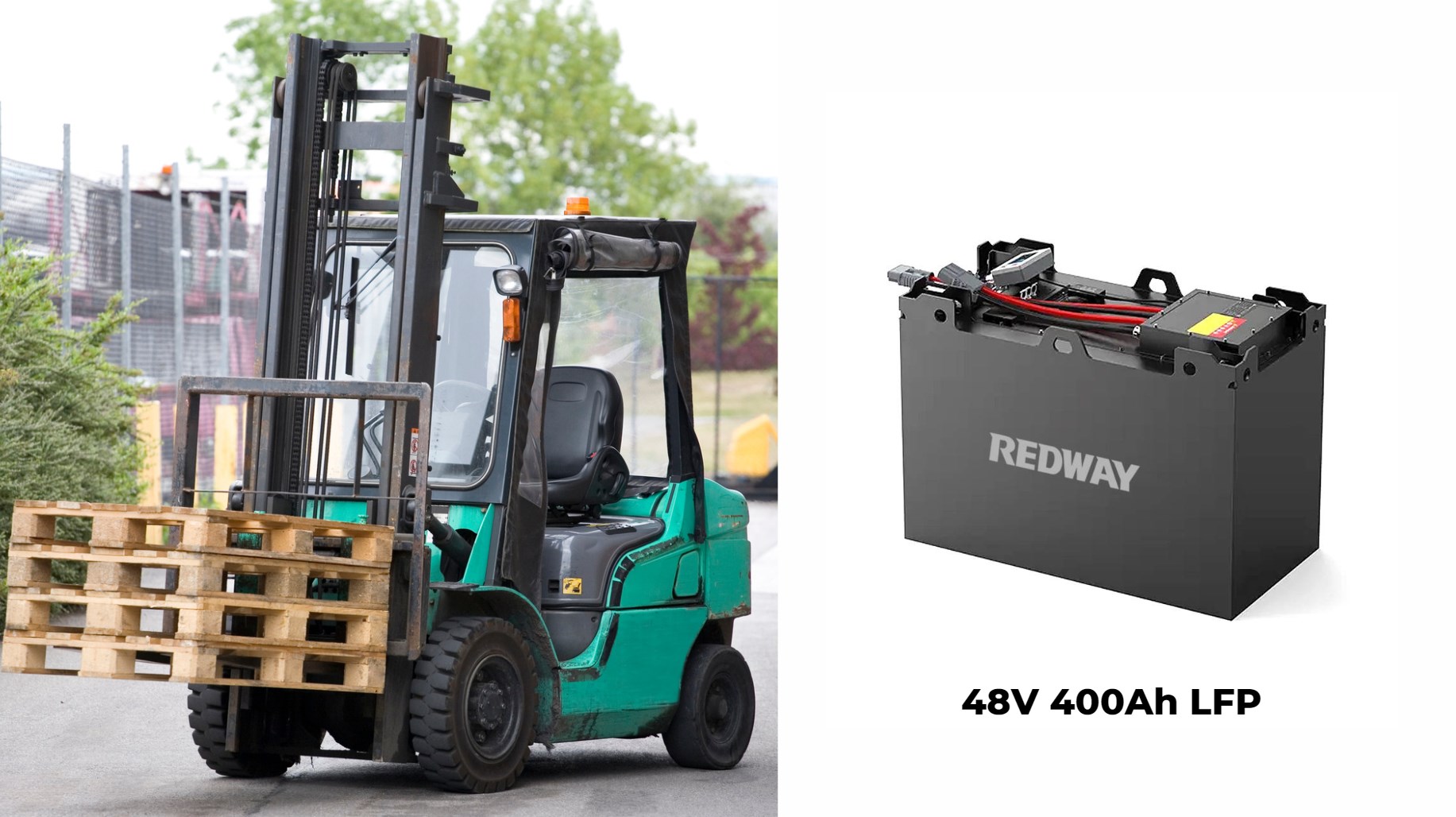Ensuring the safety of LiFePO4 (Lithium Iron Phosphate) forklift batteries is crucial for both the longevity of the batteries and the safety of personnel. Implementing proper safety measures helps prevent accidents and maintains optimal battery performance.
Safety measures for using LiFePO4 batteries include ensuring proper ventilation during charging, using compatible chargers with BMS, regularly inspecting batteries for damage or wear, and following manufacturer guidelines to prevent overheating or short circuits.
General Safety Practices
Wholesale lithium golf cart batteries with 10-year life? Check here.
Wear Appropriate Safety Gear: Always use safety shoes, goggles, and gloves when handling LiFePO4 batteries. This gear provides protection against potential spills, leaks, or accidents.
Ventilation: Charge and store LiFePO4 batteries in well-ventilated areas to prevent the accumulation of gases like hydrogen. High concentrations of these gases can be explosive.
Want OEM lithium forklift batteries at wholesale prices? Check here.
Emergency Equipment: Install hand and eye washing stations near battery handling areas. Ensure that all emergency equipment is accessible and operational.
Charging Safety
Charge Properly: Avoid charging the battery when its capacity drops below 20%. Deep discharging can damage the battery. Aim for a full charge whenever possible to maximize battery lifespan.
Avoid Fast Charging: Fast charging can generate excessive heat, which may reduce battery life. Use fast charging only when absolutely necessary and in emergency situations.
Disconnect Safely: Always unplug or turn off the charger before connecting or disconnecting it from the battery. This practice prevents electrical hazards.
Monitor Temperature: Keep LiFePO4 batteries within their specified operational temperature limits. Extreme temperatures can affect both performance and safety.
Maintenance and Inspection
Regular Inspections: Conduct routine inspections to check for signs of wear, damage, or corrosion. Inspect electrical cords for fraying and ensure all connections are secure.
Battery Management System (BMS): Ensure that the battery is equipped with a functional Battery Management System (BMS). A BMS helps prevent overcharging and deep discharging, enhancing safety and battery longevity.
Avoid Overfilling: If the battery requires water, only top up with distilled water after charging to avoid overflow and potential damage.
Emergency Procedures
Smoke and Leakage: If a battery emits smoke or shows signs of leakage, turn off the power immediately. Do not use the battery until it has been inspected and deemed safe.
Signage: Post clear signage in charging areas to prohibit open flames and smoking. This reduces the risk of fire or explosion.
Conclusion
By adhering to these safety measures, operators can significantly reduce the risks associated with LiFePO4 forklift batteries. Proper handling, charging practices, maintenance, and emergency procedures ensure both the safety of personnel and the optimal performance of the batteries.
FAQs
What Safety Measures Should Be Taken When Using LiFePO4 Forklift Batteries?
Do LiFePO4 Batteries Require Maintenance?
What is the Typical Cost of a LiFePO4 Forklift Battery?
Comparing Maintenance Costs: LiFePO4 Batteries vs. Lead-Acid Batteries
Exploring Real-World Applications of LiFePO4 Batteries in Forklifts
Industries Benefiting from LiFePO4 Forklift Batteries
What is LiFePO4 Technology?
The Evolving Market for Forklift Batteries
What Are the Latest Advancements in LiFePO4 Battery Technology?
How Does Fast Charging Impact Battery Life?
Types of Chargers for LiFePO4 Forklift Batteries
Common Voltage and Capacity Options for LiFePO4 Forklift Batteries
Comparing LiFePO4 and Lead-Acid Batteries: A Comprehensive Analysis






